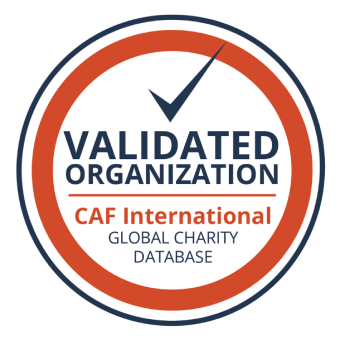Each year, over 400,000 children around the world may develop cancer—a life-changing diagnosis that no family is ever prepared to face. For the majority, this battle is fought in low- and middle-income countries (LMICs) with limited resources and healthcare infrastructure. Here, the survival gap is daunting: while over 80% of children with cancer in high-income countries can expect to survive, that number plummets to less than 30% in many LMICs. Addressing this disparity is urgent, and one powerful way to help is by supporting pediatric cancer research.
The Unseen Challenges of Pediatric Cancer Research
For families in LMICs, like India, the journey through childhood cancer often begins with a late-stage diagnosis. Many factors contribute to this delayed care: from limited access to diagnostic equipment to a shortage of trained healthcare providers, to the financial and logistical hurdles of reaching a specialised treatment center. Unlike wealthier countries where families can lean on a well-developed healthcare system, families in LMICs are frequently left without the resources and support they need.
On top of this, pediatric cancer research in LMICs receives only a fraction of the funding seen in high-income countries. With fewer resources allocated to research, there are fewer clinical trials, limited local studies, and insufficient support for developing new treatments. For every child waiting for a cure, this gap in funding and resources can be a life-or-death matter.
Why Your Donations Matter: Transforming Pediatric Cancer Care in India
In India, where public funding for pediatric cancer remains limited, donations are vital to closing the gap in care and giving young patients a fighting chance. Non-profit organisations rely on the generosity of donors to fund life-saving research, expand treatment access, and support crucial programs that can transform outcomes for children facing cancer. Every rupee donated helps ease the burden on families, reducing the need for impossible choices between healthcare and financial survival.
A powerful example of donation impact is in research efforts that repurpose existing, affordable treatments specifically for pediatric cancer. By focusing on adapting treatments that are already accessible, donation-supported initiatives can make care less costly and more widely available. This approach is particularly effective in India, where limited healthcare resources and family finances can restrict access to specialised cancer care. Donations enable researchers and clinicians to explore these innovative, potentially life-saving treatments, making an immediate difference for children in need.
In cities like Mumbai, Tata Memorial Centre has expanded its pediatric oncology services partly due to donor-supported initiatives. Children in these centers gain access to advanced diagnostics, timely referrals, and crucial treatments that were once accessible only to those able to afford private care.
In rural areas, where access to specialised care is even more challenging, donation-supported programs help create networks of healthcare workers trained to identify early symptoms, refer children to cancer care centers, and support families throughout the treatment journey. These initiatives have made a real difference, increasing survival rates and reducing abandonment, where families stop treatment due to financial or logistical challenges.
One particularly inspiring example is from Cuddles Foundation, which provides essential nutritional support to children undergoing cancer treatment. Malnutrition is a significant barrier to effective cancer care in India, as children who are undernourished face greater complications during treatment. Cuddles Foundation addresses this issue by offering food, supplements, and counseling to families. Thousands of young patients are now able to maintain their strength and resilience through chemotherapy, giving them a stronger chance at recovery. For many families, this support is life-changing.
Donations also fund awareness and outreach programs that reduce the stigma surrounding childhood cancer. By educating parents and communities on the symptoms and stressing the importance of early treatment, these initiatives encourage families to seek help sooner, improving early detection rates. More families are now coming forward at the first signs of illness, rather than waiting until the disease has progressed, a shift that is saving lives.
Each of these efforts highlights the profound impact of donations in India. Donations go beyond funding equipment or research—they build a network of support, bring hope to families, and provide critical care to children who deserve the chance to thrive.
Looking to the Future: Building a Better Path for Pediatric Cancer Care
The World Health Organization has set an ambitious goal: a 60% survival rate for children with cancer worldwide by 2030. In India, the potential is particularly hopeful. By investing in research tailored to the country’s specific challenges, India can improve care standards to align more closely with global norms. But achieving this requires a commitment not just from healthcare providers, but from the broader community—including individuals like you who support the cause.
How You Can Make a Difference Today
Pediatric cancer research needs more than acknowledgement; it needs action. The children diagnosed each year need us to be part of their fight. Donations to pedatric cancer-focused non-profits aren’t just about finding a cure; they’re about providing families with hope and children with a fighting chance. Let’s build a world where no child has to face cancer alone, and where hope is always within reach.





